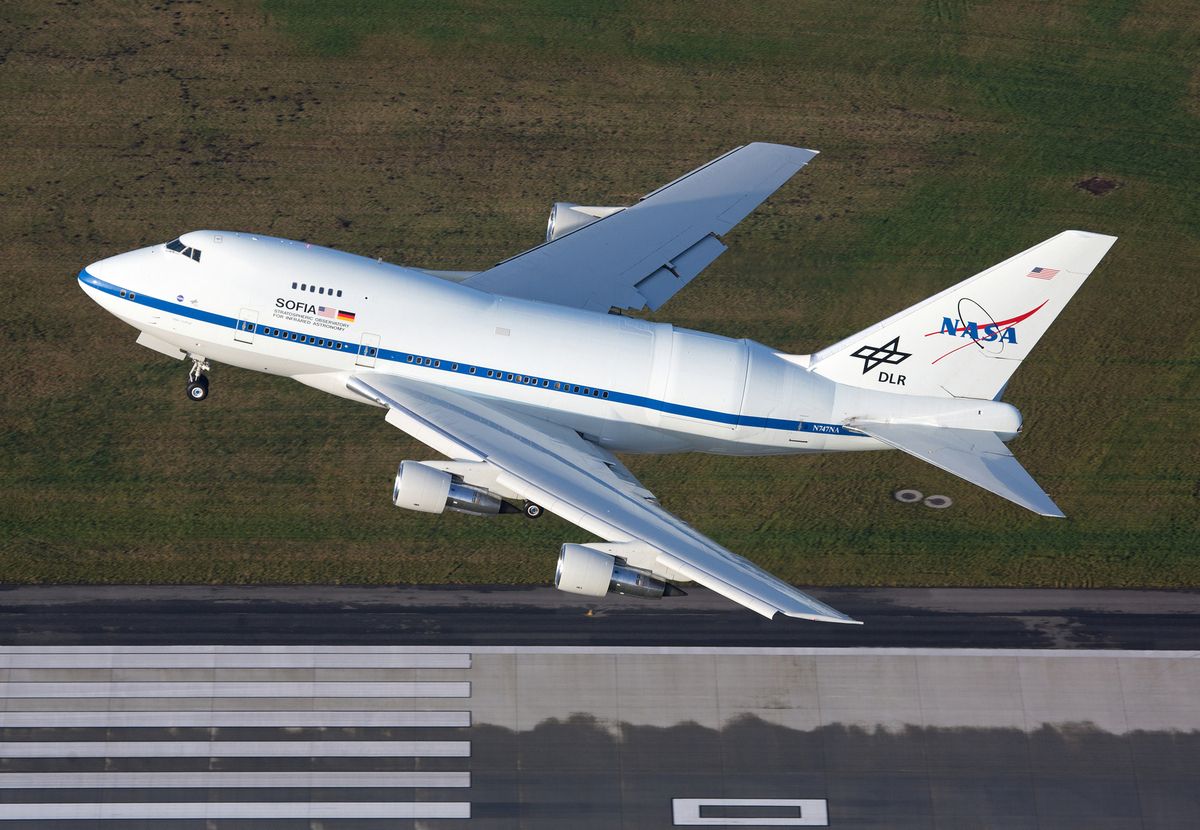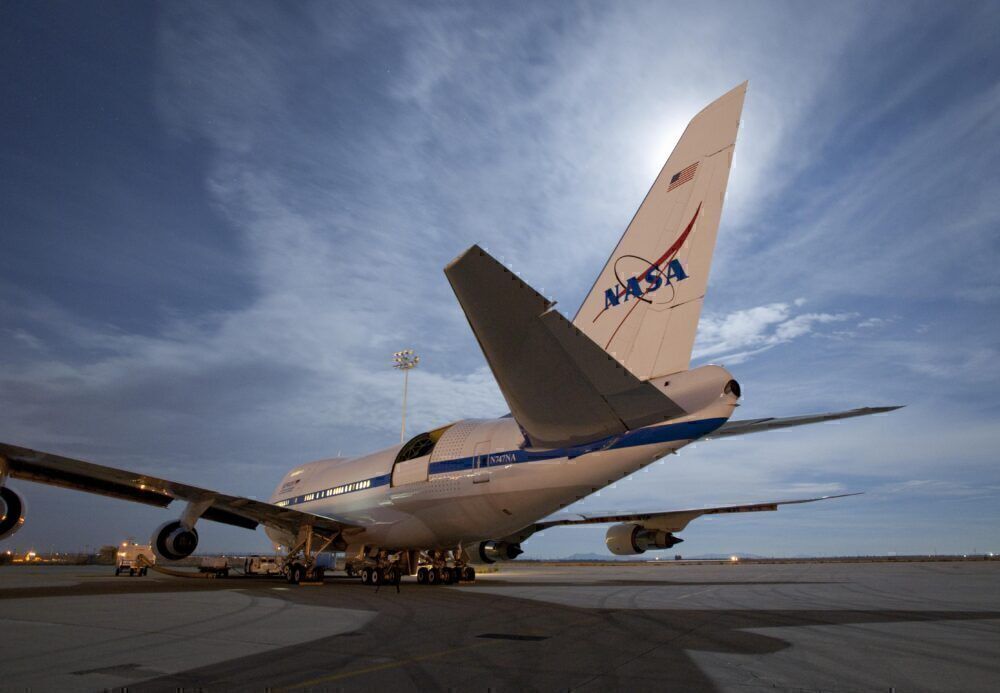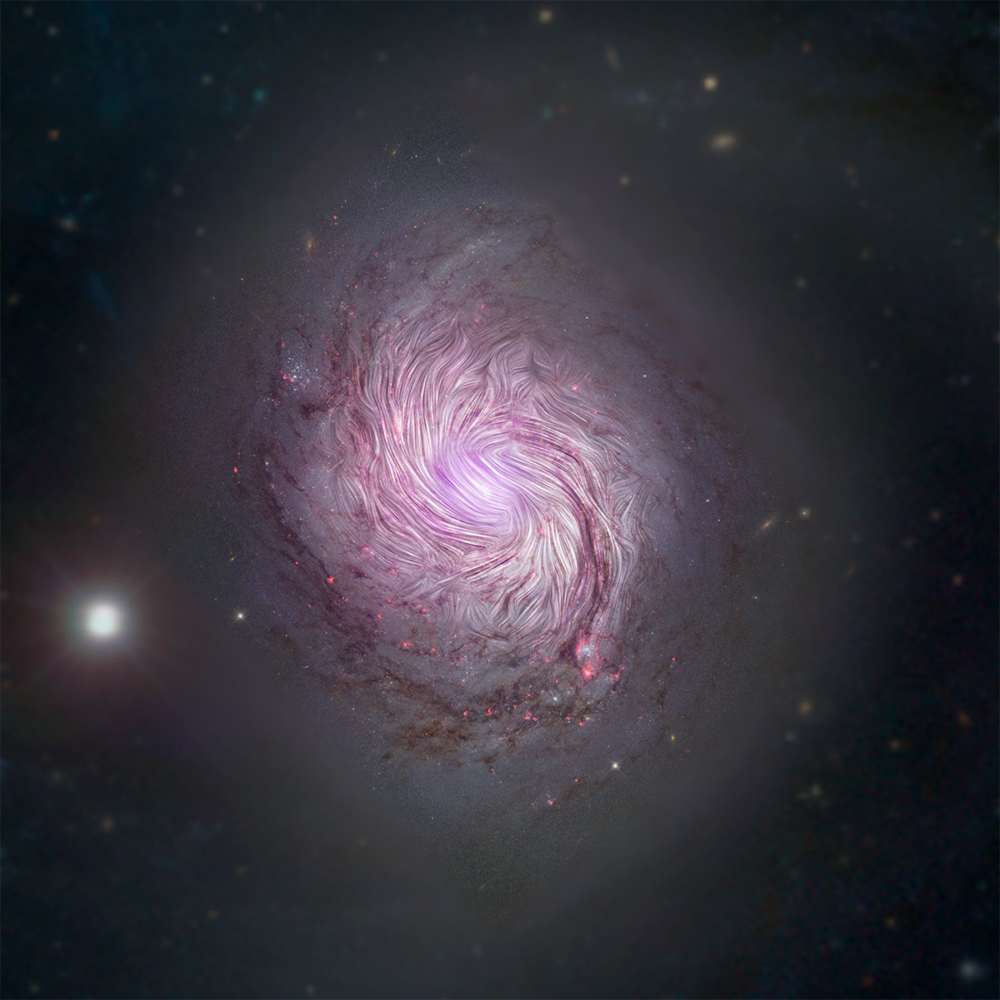This past Tuesday, NASA's Boeing 747SP, known as the SOFIA, commenced a series of 20 research flights out of Cologne, Germany. Following a four-month heavy maintenance stint at Lufthansa Technik, the SOFIA and her upgraded telescope are back in the skies looking for answers to how stars transform galaxies and where cosmic rays in the Milky Way come from.
First series of multiple flights out of Germany
The Stratospheric Observatory for Infrared Astronomy (SOFIA) is currently busy with a multi-flight observing campaign over Europe and the North Atlantic. Beginning on February 9th, NASA's Boeing 747SP is conducting a series of 20 research flights out of Cologne Bonn Airport. This is the first time SOFIA has operated out of Germany, with flights set to continue well into March.
The special performance Boeing 747 and her 17-ton observatory did not need to make a long journey to her temporary base. She has just spent over four months at Lufthansa Technik's maintenance facilities in Hamburg. Not only did she complete a scheduled heavy C-check, but she received an upgrade to her 106-inch reflecting telescope.
NASA flew its very rare 43-year-old quadjet from Hamburg to Cologne on February 4th - with a flight time of 43 minutes. Since then, SOFIA has operated two flights, one on Tuesday and one on Wednesday, taking off around 18:00 CET and lasting for over eight hours each.
“We're taking advantage of SOFIA’s ability to observe from almost anywhere in the world to conduct compelling astronomical investigations,” said Paul Hertz, director of astrophysics at NASA Headquarters in Washington.
Stay informed: Sign up for our daily aviation news digest.
Escaping the Earth's interference
The SOFIA is a mutual undertaking between NASA and the German Aerospace Center (DLR). NASA says it will now take advantage of being so close to the science teams at the Max Planck Institute of Radio Astronomy in Bonn, and the University of Cologne, which operate the instrument called German Receiver at Terahertz Frequencies, also known as GREAT.
“This observing campaign from Germany is an excellent example of the cooperation between NASA and DLR that has been the strength of the SOFIA program for over 25 years,” Mr Hertz continued his statement.
Cruising at altitudes between 38,000 to 45,000 feet high in the stratosphere, there is much less disturbance to the infrared radiation from space than further down in the atmosphere.
Seeking answers to fundamental questions
The flights conducted out of Cologne will seek answers to some of astronomy's most fundamental questions; how stars can transform galaxies and what is the origin of cosmic rays in the Milky Way galaxy.
The SOFIA usually operates out of Palmdale, California, close to the location of the NASA Armstrong Flight Research Center. Last year in October, her scientists discovered evidence of water on the sunlit surface of the moon.
Are you interested in astronomy? Are you excited to see what discoveries SOFIA will make next? Tell us in the comments.



